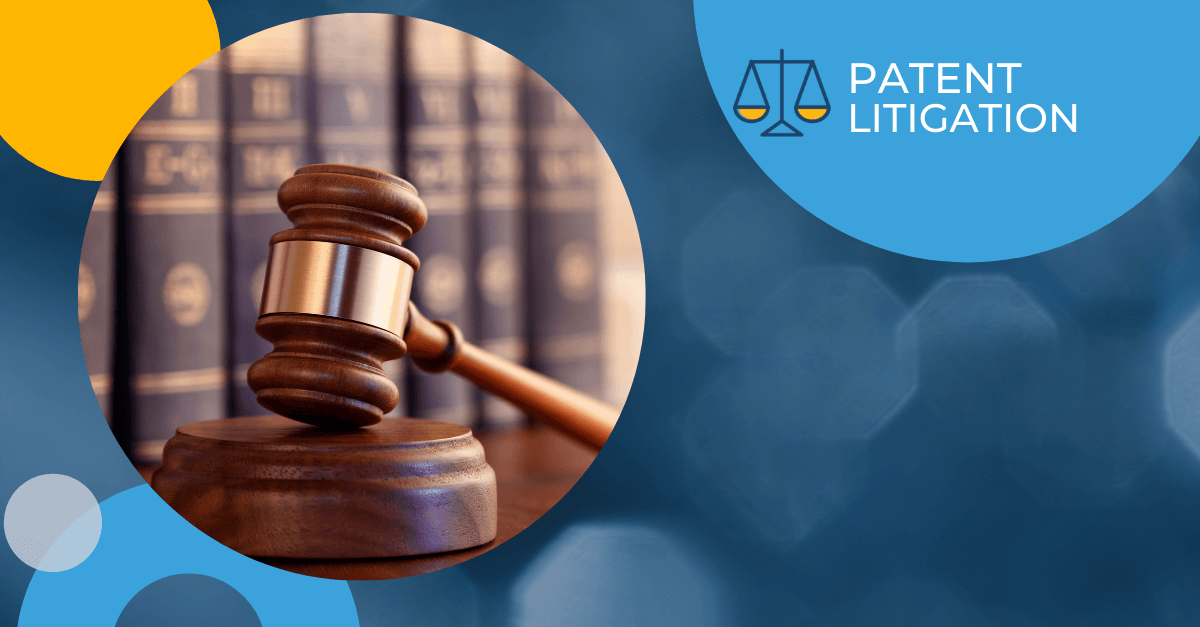The number of patents in force worldwide has nearly doubled in the last decade – from 8.5 million in 2009 to 15 million in 2019. And alongside this boom in granted patents, there’s been an increase in IP litigation. In the US, for example, patent lawsuits were up 9% year-over-year in January 2020. Globally, these cases are also on the rise and can become much more complicated, time-consuming and expensive when they involve parties from different countries.
Fortunately, there are things you can do to make the cross-border IP litigation process less painful – while simultaneously increasing your chances for success. Obviously, hiring skilled legal representation with experience in international litigation is critical. Beyond that, you can save yourself a tremendous amount of stress, time, and money by working with an experienced legal translation service company. Here are five things you can do to ensure your cross-border litigation goes as smoothly as possible.
1. Develop a document inventory
As soon as possible, work with your legal team to compile a list of the documents that will need to be produced during the discovery process. This includes correspondence, supporting materials for depositions, filing documentation, and any other documents you’ll need in court.
Devise a process for sifting and reviewing your documents that works for everyone on your team who will need to access them.
2. Develop a translation strategy
Working from your documents inventory, identify the documents that will require translation (either for your team’s internal use or for delivery to other parties). Engage your legal translation company early in the process and share this list with them, clearly marking any foreign-language documents that will need to be translated and submitted to a court of law, arbitration tribunal, government office or regulatory body. (Those documents will require certified translations.) Then, you’ll need to agree on a delivery schedule for completed translations, and try to allow sufficient lead time to avoid expensive rush charges.
Note: It’s critical that you use a storage platform for translated documents that is secure and yet accessible to your team. Morningside, for example, offers document storage and sharing that’s ISO 27001-compliant, with multi-factor authentication, encryption, and backups to make certain that your materials remain safe and confidential.
3. Develop an interpretation strategy
Identify the in-person or remote proceedings for which you’ll require legal interpretation services (depositions, meetings, hearings, trials). Share that information with your legal translation provider so it can match you with an interpreter with the technical background and subject matter expertise relevant to your case.
Remember: Your interpreters should adhere to COVID-19 guidelines for in-person events. Morningside’s COVID-19 social distancing solutions help ensure the safety of all parties in such settings.
4. Create documents with foreign versions in mind
There are a few things you can do to ensure your English-language content remains effective in other languages:
- Avoid using cultural references and idiomatic phrases that may be unique to American culture and difficult or impossible to translate with the same denotative or connotative meaning.
- Keep sentence structure as simple as possible. Grammatical complexity varies from language to language, and it’s best to start off, at least, with straightforward text.
- Separate text from graphics so that it can be translated without requiring editing of the graphic itself.
5. Reduce the workload with specialized translation tools
For foreign-language discovery documents, ask your legal translation service if they can use specialized tools to cull your large data sets into more manageable chunks of case-relevant information. The application of filtering techniques like foreign language keyword searches, for example, can identify and remove irrelevant documents from the data set. Then machine translation (MT) can be used to determine the “gist” of what each document contains, helping determine which ones require more accurate human translation. For many documents, MT may be sufficient, leading to significant cost savings.
Expertise counts
At Morningside, our experienced legal translators and interpreters are highly qualified linguists with an academic and experiential background relevant to your case. Their skills and subject matter expertise ensure that your translated materials are accurate, and their work is backed by our ISO-certified multi-step quality-assurance system.


